5 Types of Birch Trees That Will Elevate Your Landscaping
These trees can make striking additions to any yard.
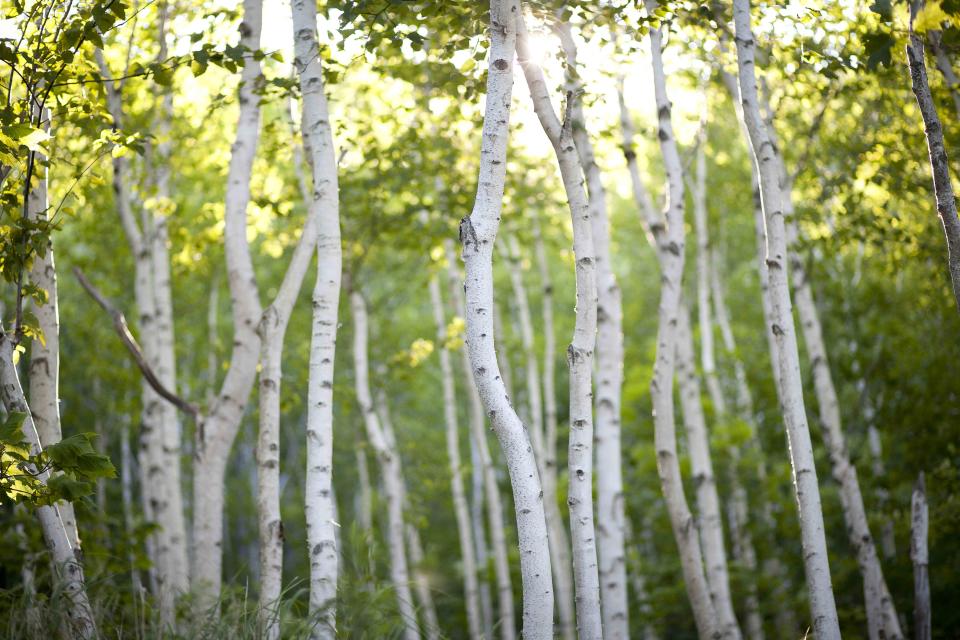
photographer3431/Getty Images
Birch trees can have a rather majestic quality about them. They're known for their distinctive bark, typically white in color, which often peels back in thin, papery layers. To make matters more interesting, that chalky white finish that birch trees are known for is actually comprised of crystals. The outer layers of the bark contain betulin crystals that are arranged in a way that makes them reflect light and appear white (similar to the reason snow also appears white). Whether you're excited by the science of it all or not, though, birch trees make a great addition to any yard. So here are some common types of birch trees to consider if you're looking for an eye-catching tree to your landscaping.
Related: These Fast Growing Trees Will Afford You More Privacy at Home
Silver Birch
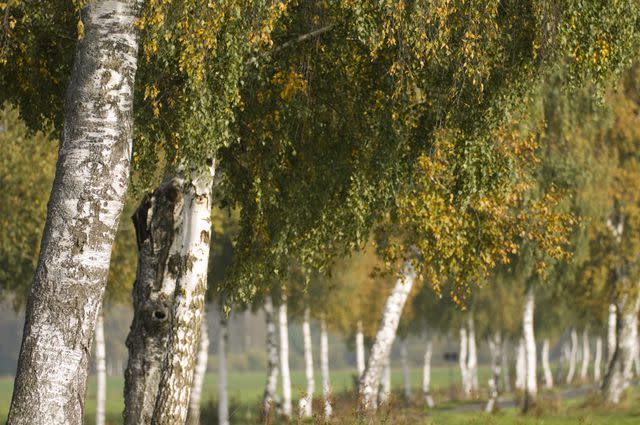
Silke Magino/Getty Images
Silver birch, also commonly called European white birch, has silvery white birch and grows in a rounded, oval shape. These trees are distinguished by their long, cylindrical yellow flowers, called catkins, which appear in the spring. It's also worth noting that silver birch trees are considered invasive in some parts of the country, so be sure to do your research before deciding to plant one of these in your yard.
Paper Birch
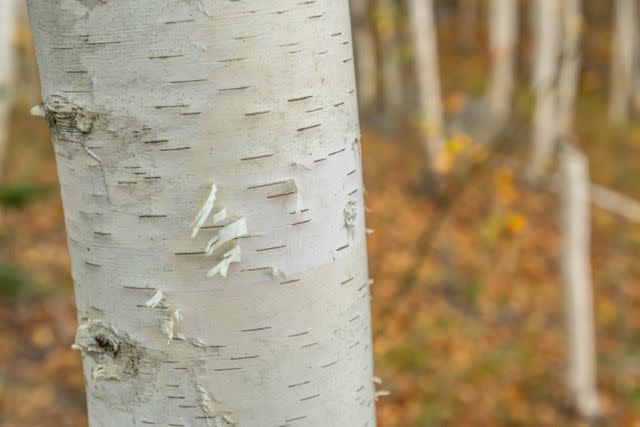
kellyvandellen/Getty Images
Paper birch, sometimes also called white birch, is one of the most common types of birch trees. It's named for its recognizable white, peeling bark. Paper birch is a single- or multi-trunked tree that grows between 50 to 75 feet tall. Its bright green leaves turn yellow in the fall, creating a striking display against the contrasting white bark.
River Birch
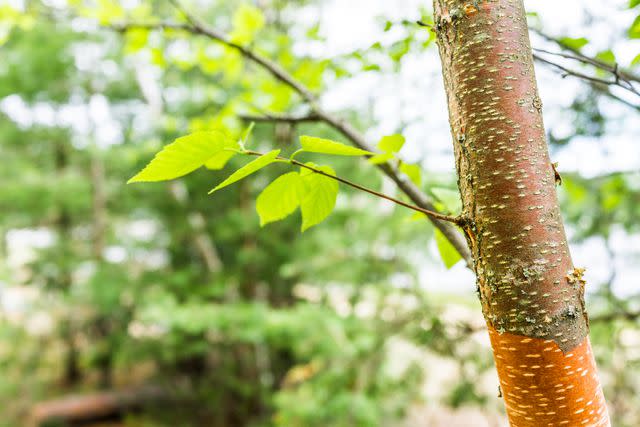
krblokhin/Getty Images
River birch, also called water birch, is native to flood plains and swamps of the eastern U.S. Instead of the recognizable bright white bark of other birch trees, river birch has tan and cinnamon-colored peeling bark. Its leaves are a bright green in the spring and summer, then turn a golden yellow in the fall. As the tree's name and origin implies, river birch prefers consistently moist soil and will require a bit of extra attention during any heat waves.
Dwarf Birch
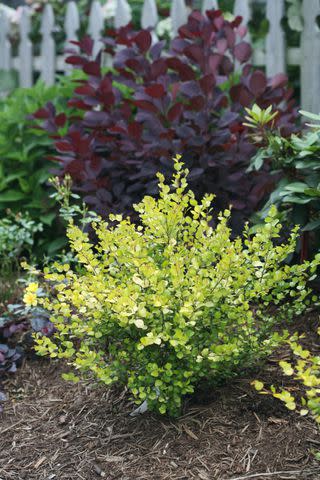
Spring Meadow Nursery, Inc. / Courtesy of Proven Winners - www.provenwinners.com.
A stark contrast to some of the large birch trees listed above, dwarf birch is a small dwarf shrub, which grows as little as a couple feet tall up to 10 feet tall, depending on the variety. Dwarf birch is native to Greenland, Iceland, northern Europe, northern Asia, and northern North America, and can be used as a compact shrub in landscaping.
Sweet Birch
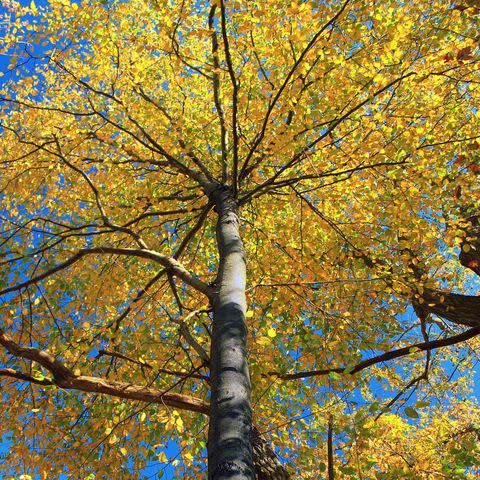
nativeforestnursery.com
Sweet birch features shiny, red-brown bark with leaves that turn a bright yellow in the fall. The tree, which grows up to 70 to 80 feet tall, gets its name from the sweet, wintergreen aroma and flavor emitted from its crushed leaves and twigs.
Related: 5 Types of Maple Trees To Consider for Your Yard
For more Real Simple news, make sure to sign up for our newsletter!
Read the original article on Real Simple.

 Yahoo Lifestyle
Yahoo Lifestyle 
